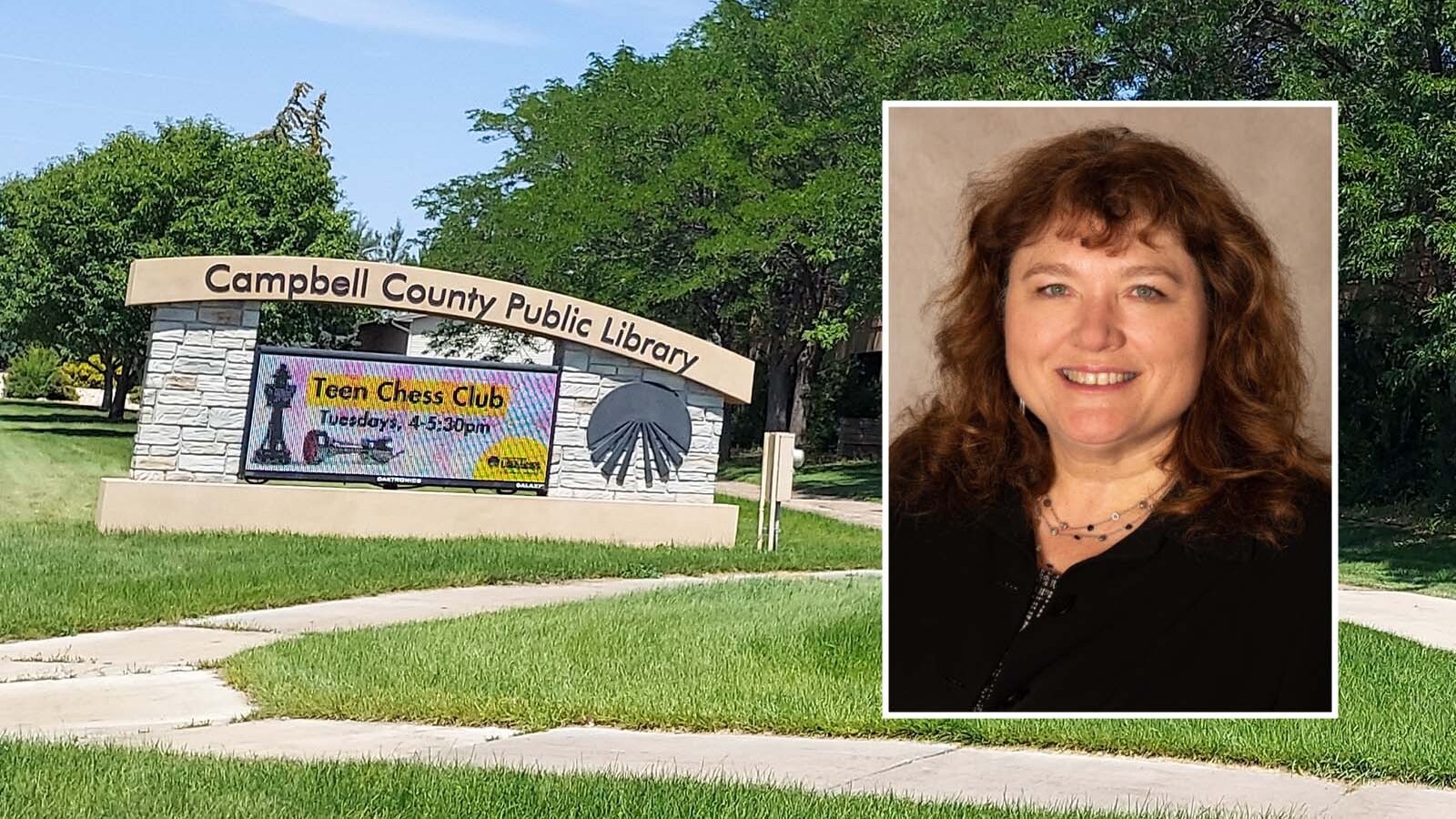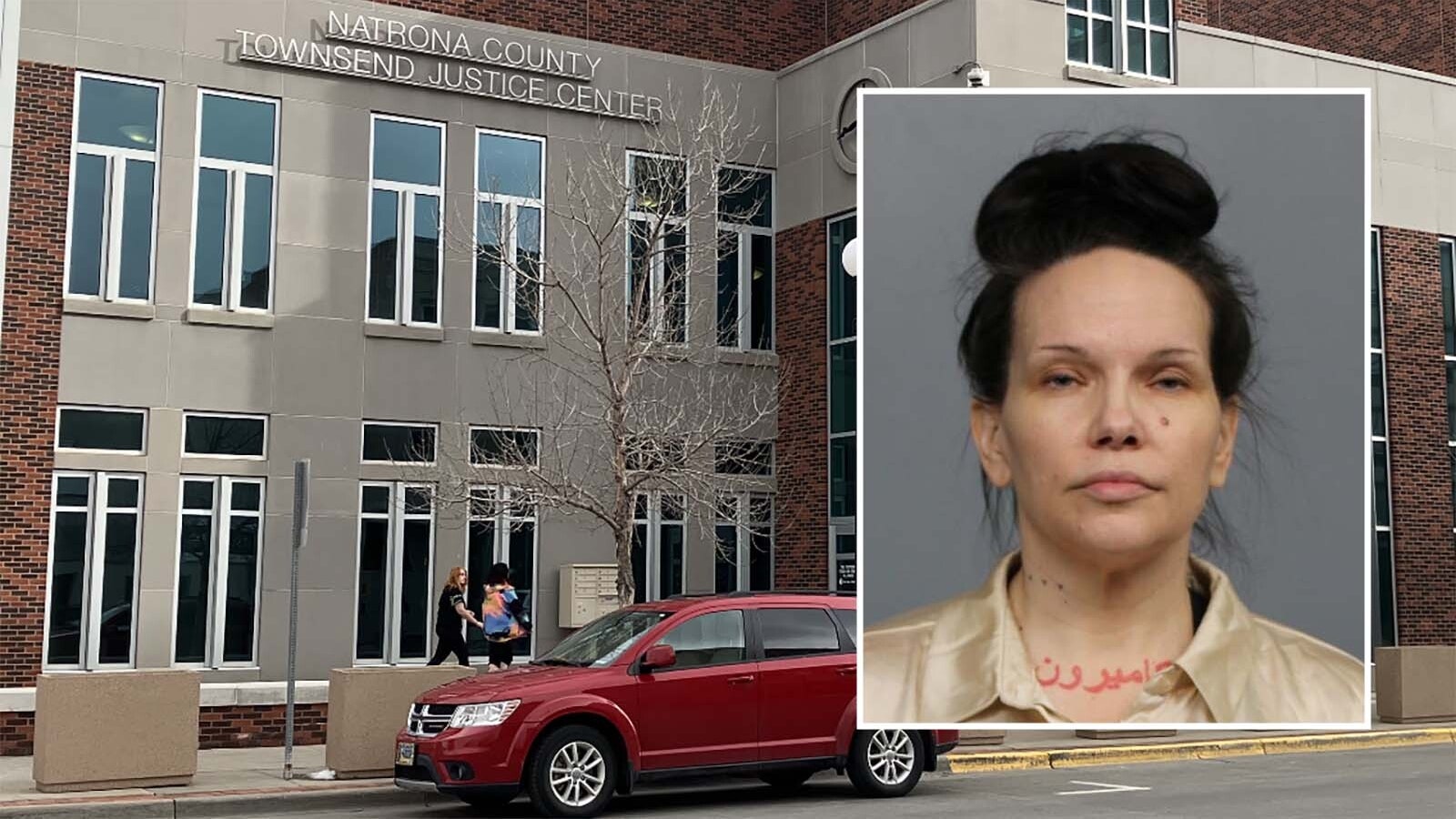A DNA analyst enters her area of the Wyoming State Crime lab with a digital key card, dons her lab coat, goggles and gloves, sterilizes her work bench and pulls a bagged pair of underwear from the evidence locker.
She’s sterilized her work bench with bleach and cleaned it off with ethanol, the two scents that hang about her like an aura. She spreads a fresh swatch of paper onto her desk and lays the evidence bag on it. If the bag is sealed and free of tampering, she’ll open it.
She writes notes: observations on the size, color, brand and staining of the garment. She screens it for body fluids with a special light. If she finds any stains of interest – blood, saliva, body fluid – she’ll report back to the investigator who sent the garment to her.
That investigator might be working for the public defender’s office trying to clear a defendant. He might be a police detective trying to put one in prison.
That doesn’t matter, but the science does.
If the investigator thinks the substance matters, the analyst shaves off a 5 millimeter by 5 millimeter flake of it and puts it in a test tube with an enzyme that breaks the DNA free from its other components. She separates the other cell debris, such as cotton.
If enough DNA remains, she amplifies it by putting it in an advanced heater called a thermocycler along with primers, loose nucleotides and an enzyme found in the Yellowstone Hot Springs just a half day’s drive to her northwest.
When warm, the thermus aquaticus enzyme loves to replicate DNA exponentially, turning one strand into millions, which the analyst will then pipe through a cramped tube with 15,000 volts of electricity.
Smaller “peaks” or identifying markers emerge from the tube quicker, while larger ones take longer, enabling her to see the size of each one.
It’s like echolocation, on a nanoscopic scale.
Later, she’ll plug the DNA profile into a database to see who left it behind.
Top Six
Down the hall, fingerprint analysts are performing their own nuanced rituals. Ballistics experts are measuring grooves on metal shards. Chemists are scrutinizing murky powders and toxicologists are searching for tranquilizers in urine samples — as a stray example.
For performing these tasks with a more than 90% efficiency rate in using money and personnel, the Wyoming State Crime lab received the prestigious 2023 Foresight Maximus award earlier this month.
“We didn’t know we were going to get an award,” Scott McWilliams, Crime Lab director for the Wyoming Division of Criminal Investigation, told Cowboy State Daily on Thursday.
He and two lab staffers attended a May 1 meeting for the American Society of Crime Laboratory Directors in Birmingham, Alabama, months after sending a rigorous accounting of the Wyoming lab’s staffing, costs, uses and output to that group.
“We did this to see where we have inefficiencies and where we can make ourselves better,” said McWilliams.
When the forensics group presented the Wyoming lab with an efficiency award that only 16, or 7.6%, of the 211 applicants earned, McWilliams and the two staffers were “just shocked and really honored.”
The other 15 forensic labs awarded span another 12 American states, Puerto Rico, Costa Rica and Auckland, New Zealand.
“These 16 laboratories stand as beacons of innovation and efficiency, representing the very best in forensic science laboratories,” said ASCLD President Timothy Kupferschmid in a press release. “Congratulations to each winner for their outstanding achievements and unwavering dedication to the pursuit of scientific truth.”
It’s Been Half A Century
The Wyoming State Crime Lab began with the inception of the Wyoming Division of Criminal Investigation (DCI) in 1973. The statewide agency works drug and organized crime cases, officer-involved crime investigations, and any other investigations to which it’s invited.
In the early days in 1973, analysts were called “scientist agents,” McWilliams said, qualifying that he knows these things despite not yet having been born.
“And they did some science,” he said with a chuckle. It was basic: fingerprint analysis, some forgery and document analysis.
The lab introduced DNA analysis to its repertoire in 2002 and criminal toxicology in 2018, McWilliams said.
Eaton, Of Course
In the same year it added DNA technology, the lab crew decided to plug an old, but important, bit of DNA from a stain found on a murdered woman’s clothing into a federal database.
Lisa Marie “Li’l Miss” Kimmel had been dead for 14 years by then. Search parties found her body in the North Platte River in 1988. Her autopsy revealed she’d been repeatedly raped, stabbed and bludgeoned.
The federal database yielded a match to a man already in federal prison on a weapons charge, Dale Wayne Eaton.
The Natrona County Sheriff’s Office and others converged on Eaton’s former home in Moneta, Wyoming, and eventually unearthed Kimmel’s car buried on Eaton’s property. A jury convicted him in 2004.
Now, McWilliams recalls this as the most notable DNA crime bust in which the Wyoming State Crime Lab had a hand.
Some Zoologist
McWilliams wouldn’t join the facility until three years later, starting as a DNA analyst, progressing to unit supervisor and becoming lab director in 2021.
His University of Wyoming bachelor’s degree is in zoology and physiology, he said, adding that he’d considered going into medicine.
But a tour of the crime lab he took in college sparked his interest, and when he applied for a job later, he “got lucky and got in.”
McWilliams would later acknowledge that DCI runs on more than luck: applicants undergo an extensive background and character check. The agency sends hiring agents to applicants’ hometowns to talk to the people who know them best, he said.
McWilliams later earned his master’s degree in forensic science and DNA.
Let That Not Diminish …
McWilliams has to check himself in conversation so he doesn’t rhapsodize the science of DNA too much and lose his listeners, he said.
But he also credited the lab’s other study areas as important to solving crimes: naming the drugs, identifying the poison, linking latent prints to the fingers that made them and matching spent ammunition to the gun that fired it.
The Western Identification Network and Next-Generation Identification databases are to “latent print,” or fingerprint analysists, what the FBI’s Combined DNA Index System (CODIS) is to DNA analysts, McWilliams said.
Most areas require a two-year training period, making it rare for an agent to cross into multiple forensics fields, he said. He deems those two years more important than the college degrees applicants receive before them.
“On-the-job training is the really critical part,” he said.
Here To Report
Also critical are lab purity, analyst accountability, DNA privacy and neutrality, he said.
McWilliams said analysts must have a laser focus on their specimens and their data.
“It’s not just about getting the bad guy, it’s about doing the right science,” said McWilliams. If the science doesn’t support an investigator’s hunch, “it sometimes disappoints people when we didn’t get what they want — but it’s the scientific truth that we’re here to report.”
Contact Clair McFarland at clair@cowboystatedaily.com
Clair McFarland can be reached at clair@cowboystatedaily.com.

















